Packaging Technologies-Dairy Processors
The dairy company debuted the first fully renewable milk carton and post-consumer recycled gallon milk jug in the United States.
Read More
Reap the benefits of flexible packaging for cheese products
Flexible packaging offers durability that also helps protect the product throughout the demanding supply chain.
March 24, 2022
Aseptic bottling: what you need to know
Answering the top 6 questions about the aseptic bottling process.
February 21, 2022
Sustainability rules in dairy packaging
Dairy packaging providers are investing in eco-conscious innovation.
January 26, 2022
Does your dairy plant have labor pains?
Dairy companies that adopt some best practices in hiring, training and retaining plant employees will have an edge.
January 5, 2022
Inaugural DairyTech Conference will connect dairy industry leaders with technology innovators
The event will take place May 18-20, 2022, in Austin, Texas.
December 8, 2021
The dairy packaging sector feels the heat
Aseptic and retort packaging are becoming more popular and potent forces in the war against pathogens.
December 3, 2021
Cheese packaging for a growing population of home chefs
Reclosable flexible packaging provides value and solutions to cheese producers and consumers amid this changing landscape of home cooking.
October 13, 2021
New meets old at HP Hood’s ice cream plant
HP Hood uses the latest in technology to flavor its ice cream the old-fashioned way at its Suffield, Conn., plant.
September 28, 2021
Rogue Creamery is aiming for the very best
The company’s cheese plant in Central Point, Ore., endeavors to fulfill the company’s mission of producing the “world’s finest handmade cheese.”
August 27, 2021
Stay ahead of the curve. Unlock a dose of cutting-edge insights.
Receive our premium content directly to your inbox.
SIGN-UP TODAYCopyright ©2024. All Rights Reserved BNP Media.
Design, CMS, Hosting & Web Development :: ePublishing
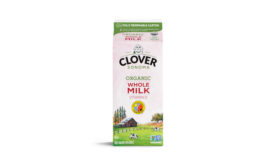
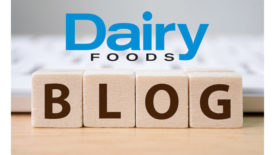
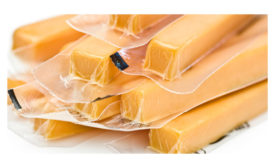


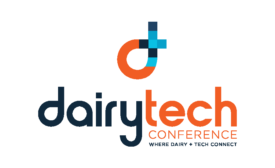
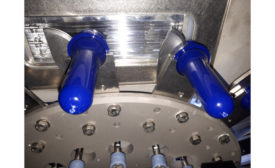
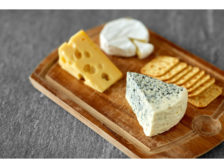
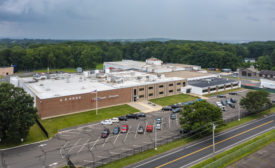

.jpg?height=168&t=1630591584&width=275)